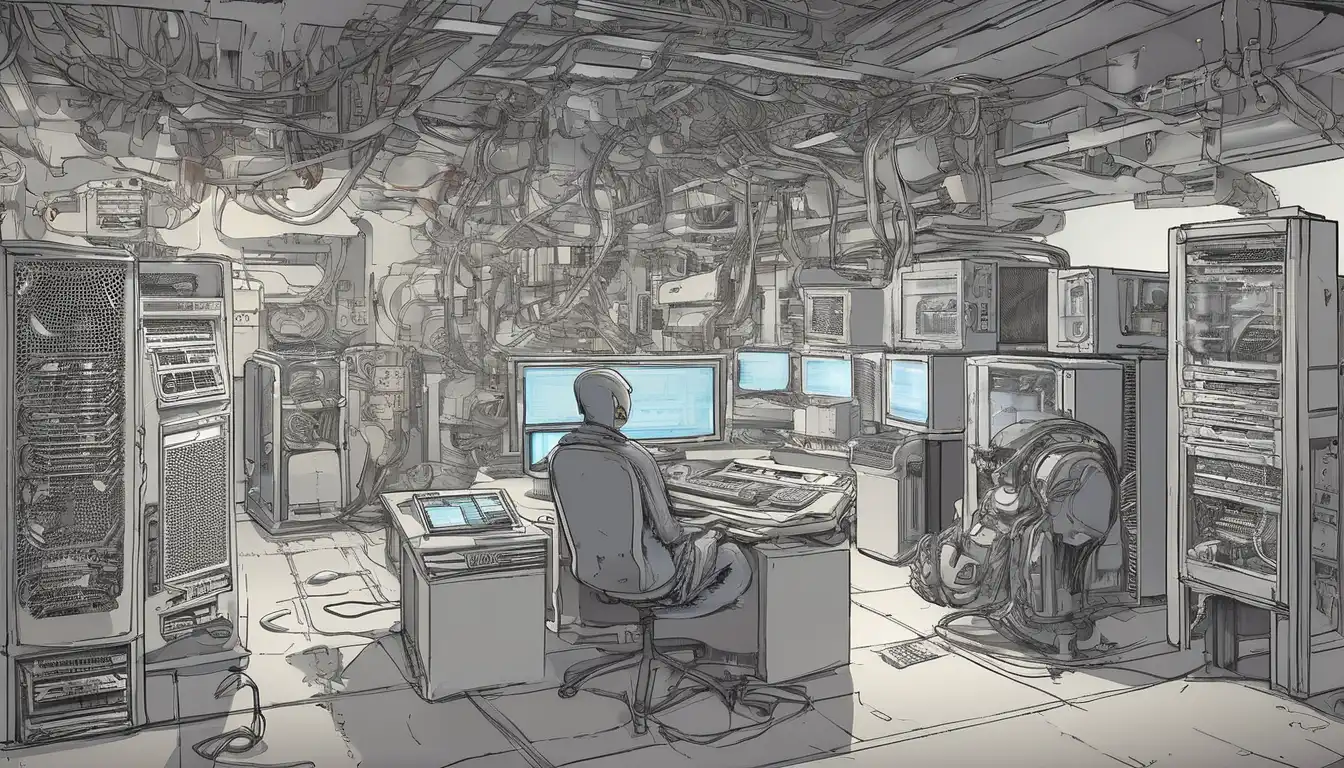Introduction to Computer Component Selection
Building your own computer can be an incredibly rewarding experience, but choosing the right components is crucial for optimal performance and value. Whether you're building a gaming rig, workstation, or everyday computer, understanding how each component works together will help you make informed decisions. This comprehensive guide will walk you through the essential factors to consider when selecting each computer component.
Understanding Your Needs and Budget
Before diving into specific components, it's essential to define your computer's primary purpose and establish a realistic budget. Different use cases require different hardware configurations. For gaming, you'll prioritize graphics performance, while content creation demands powerful processors and ample RAM. Consider your long-term needs as well – investing in slightly better components now can extend your computer's lifespan.
Budget allocation is equally important. A common mistake is overspending on one component while neglecting others. Aim for a balanced build where each component complements the others. Remember to account for peripherals, operating system, and potential future upgrades in your total budget.
Processor (CPU) Selection
The CPU serves as the brain of your computer, handling all calculations and instructions. When choosing a processor, consider core count, clock speed, and compatibility with your motherboard socket. Intel and AMD are the primary manufacturers, each offering different product lines for various budgets and performance needs.
For gaming, focus on processors with high single-core performance. Content creators and professionals should prioritize multi-core performance for tasks like video editing and 3D rendering. Check our CPU comparison guide for detailed performance metrics across different price points.
Key CPU Considerations:
- Socket compatibility with motherboard
- Core count and thread count
- Base and boost clock speeds
- Thermal design power (TDP)
- Integrated graphics availability
Motherboard Selection
The motherboard connects all your components and determines your system's expandability. Choose a motherboard that matches your CPU's socket type and supports your desired features. Form factor (ATX, micro-ATX, mini-ITX) affects case compatibility and expansion options.
Consider the number of RAM slots, PCIe slots, SATA ports, and USB headers you'll need. High-end motherboards offer better power delivery for overclocking and more connectivity options. For most users, a mid-range motherboard provides the best value without unnecessary features.
Memory (RAM) Requirements
RAM affects your system's multitasking capability and overall responsiveness. For modern systems, 16GB is the sweet spot for gaming and general use, while 32GB or more benefits content creation and heavy multitasking. Pay attention to RAM speed and timings, as these impact performance, especially with AMD processors.
Ensure your RAM is compatible with your motherboard's supported speeds and configurations. Dual-channel configurations (using two or four sticks) provide better performance than single-channel setups. Check our RAM compatibility guide for detailed specifications.
Graphics Card (GPU) Choices
The GPU is critical for gaming, video editing, and 3D rendering. NVIDIA and AMD offer cards across different price segments. Consider your monitor's resolution and refresh rate when selecting a GPU – higher resolutions require more powerful graphics cards.
VRAM capacity matters for high-resolution gaming and professional applications. Ray tracing performance and AI features like DLSS may influence your decision if you're building a gaming PC. Balance your GPU choice with your CPU to avoid bottlenecks.
GPU Selection Factors:
- Target resolution and refresh rate
- VRAM requirements for your applications
- Power consumption and PSU requirements
- Physical size and case compatibility
- Future-proofing considerations
Storage Solutions
Modern systems benefit from combining SSD and HDD storage. NVMe SSDs offer the fastest boot times and application loading, while SATA SSDs provide excellent value for game storage. Traditional HDDs remain cost-effective for mass storage of media files and backups.
Consider your storage needs based on your applications and file sizes. A 500GB-1TB SSD for your operating system and frequently used programs, combined with a larger HDD or additional SSD for storage, provides an optimal balance of speed and capacity.
Power Supply Unit (PSU) Considerations
The PSU is often overlooked but crucial for system stability and longevity. Choose a PSU with sufficient wattage for your components, plus some headroom for future upgrades. Quality matters more than maximum wattage – look for units with 80 Plus certification for efficiency.
Modular PSUs help with cable management and airflow. Consider the warranty length as an indicator of quality. A good PSU can last through multiple system upgrades, making it worth investing in a reliable unit from a reputable manufacturer.
Case Selection and Cooling
Your case affects thermals, noise levels, and build experience. Consider airflow, cable management options, and component compatibility. Larger cases offer better cooling and easier building, while compact cases save space.
Cooling solutions include air cooling and liquid cooling. Air coolers are reliable and cost-effective, while AIO liquid coolers offer superior cooling for overclocked systems. Ensure your case supports your chosen cooling solution and provides adequate airflow for all components.
Putting It All Together
When selecting components, ensure compatibility between all parts. Use online tools like PCPartPicker to verify compatibility and calculate power requirements. Consider future upgrade paths – choosing a motherboard with extra PCIe slots or RAM capacity can extend your system's useful life.
Remember that technology evolves rapidly, but a well-balanced system built with quality components will serve you well for years. Don't chase the latest technology unless it provides tangible benefits for your specific use case. For more detailed component comparisons, visit our component reviews section.
Conclusion
Choosing the right computer components requires careful consideration of your needs, budget, and future plans. By understanding how each component contributes to overall system performance, you can build a computer that meets your requirements without overspending. Take your time researching each component, read reviews, and consider community feedback before making final decisions.
Building a computer is both an art and a science – the right component selection ensures you get the performance, reliability, and satisfaction you deserve from your custom build. Happy building!
